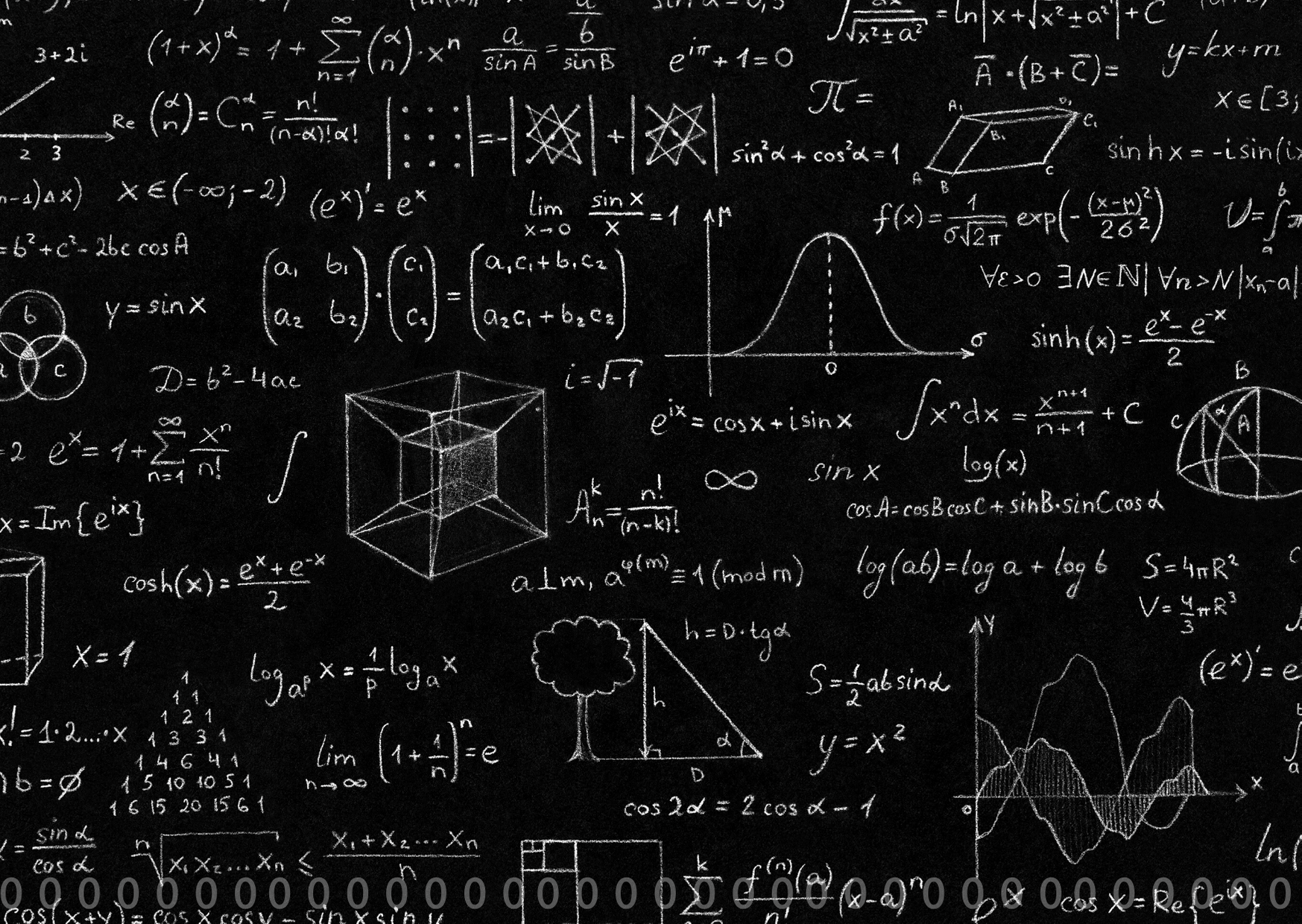Hidden Dimensions: Squeezing Eleven Dimensions into Four
The possible universes predicted by string theory must all have 10 or 11 dimensions. The universe we live in only has four, that we can see. This means we have to "hide" seven dimensions somewhere, via a process formally known as "compactification". In this highly mathematical masterclass we will discuss the geometry of the hidden dimensions, and how to relate properties of these hidden shapes to properties of our best theories in high energy physics.
Host: George is an Imperial College London PhD researcher in applied geometry. He previously achieved a distinction in a Masters of Mathematics (MMath) from the University of Cambridge, placing in the top 10% of all Mathematicians. George started his undergraduate as a Natural Sciences student at Cambridge, specialising in Physics and Mathematics and obtaining a first class result in every year. George was awarded the University of Cambridge Vice Chancellor award, for promising students who applied for a PhD in Cambridge, but chose to move to Imperial College London for a change of academic and physical scenery. He can currently be found in office 512B Huxley, thinking about "generalised complex structures", whatever they may be(!) or writing short articles on advances in geometry aimed at the general public, attempting to explain what it is and why they should care.
Duration: Suggest 1-4 hours depending on the level of detail desired.
The possible universes predicted by string theory must all have 10 or 11 dimensions. The universe we live in only has four, that we can see. This means we have to "hide" seven dimensions somewhere, via a process formally known as "compactification". In this highly mathematical masterclass we will discuss the geometry of the hidden dimensions, and how to relate properties of these hidden shapes to properties of our best theories in high energy physics.
Host: George is an Imperial College London PhD researcher in applied geometry. He previously achieved a distinction in a Masters of Mathematics (MMath) from the University of Cambridge, placing in the top 10% of all Mathematicians. George started his undergraduate as a Natural Sciences student at Cambridge, specialising in Physics and Mathematics and obtaining a first class result in every year. George was awarded the University of Cambridge Vice Chancellor award, for promising students who applied for a PhD in Cambridge, but chose to move to Imperial College London for a change of academic and physical scenery. He can currently be found in office 512B Huxley, thinking about "generalised complex structures", whatever they may be(!) or writing short articles on advances in geometry aimed at the general public, attempting to explain what it is and why they should care.
Duration: Suggest 1-4 hours depending on the level of detail desired.
The possible universes predicted by string theory must all have 10 or 11 dimensions. The universe we live in only has four, that we can see. This means we have to "hide" seven dimensions somewhere, via a process formally known as "compactification". In this highly mathematical masterclass we will discuss the geometry of the hidden dimensions, and how to relate properties of these hidden shapes to properties of our best theories in high energy physics.
Host: George is an Imperial College London PhD researcher in applied geometry. He previously achieved a distinction in a Masters of Mathematics (MMath) from the University of Cambridge, placing in the top 10% of all Mathematicians. George started his undergraduate as a Natural Sciences student at Cambridge, specialising in Physics and Mathematics and obtaining a first class result in every year. George was awarded the University of Cambridge Vice Chancellor award, for promising students who applied for a PhD in Cambridge, but chose to move to Imperial College London for a change of academic and physical scenery. He can currently be found in office 512B Huxley, thinking about "generalised complex structures", whatever they may be(!) or writing short articles on advances in geometry aimed at the general public, attempting to explain what it is and why they should care.
Duration: Suggest 1-4 hours depending on the level of detail desired.


